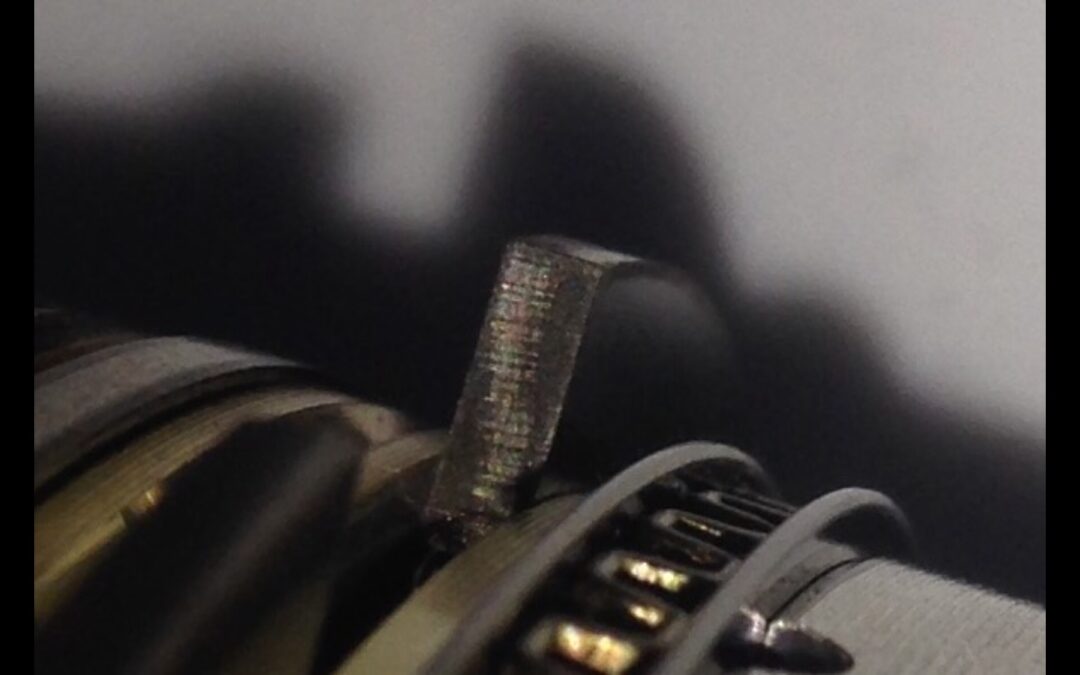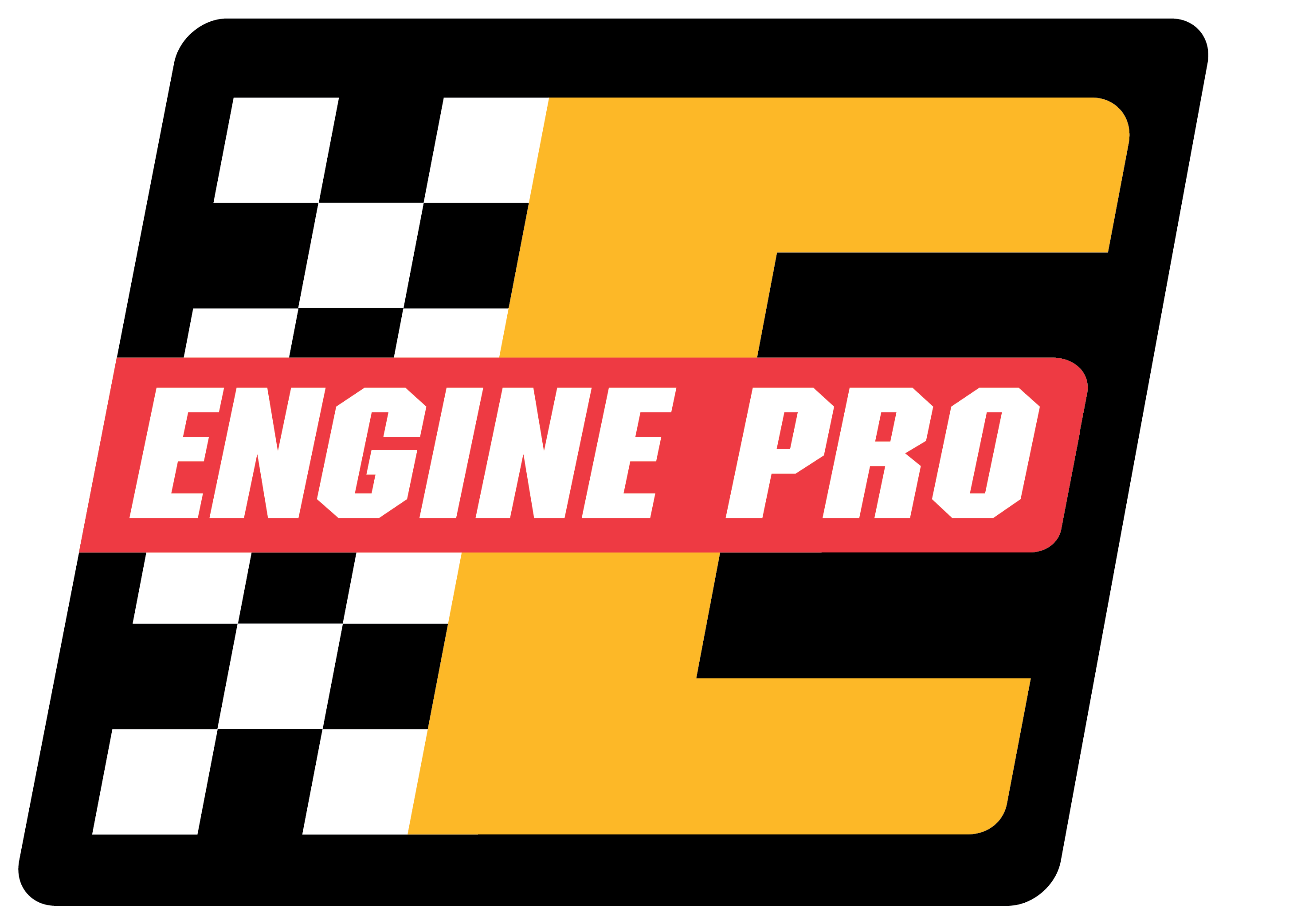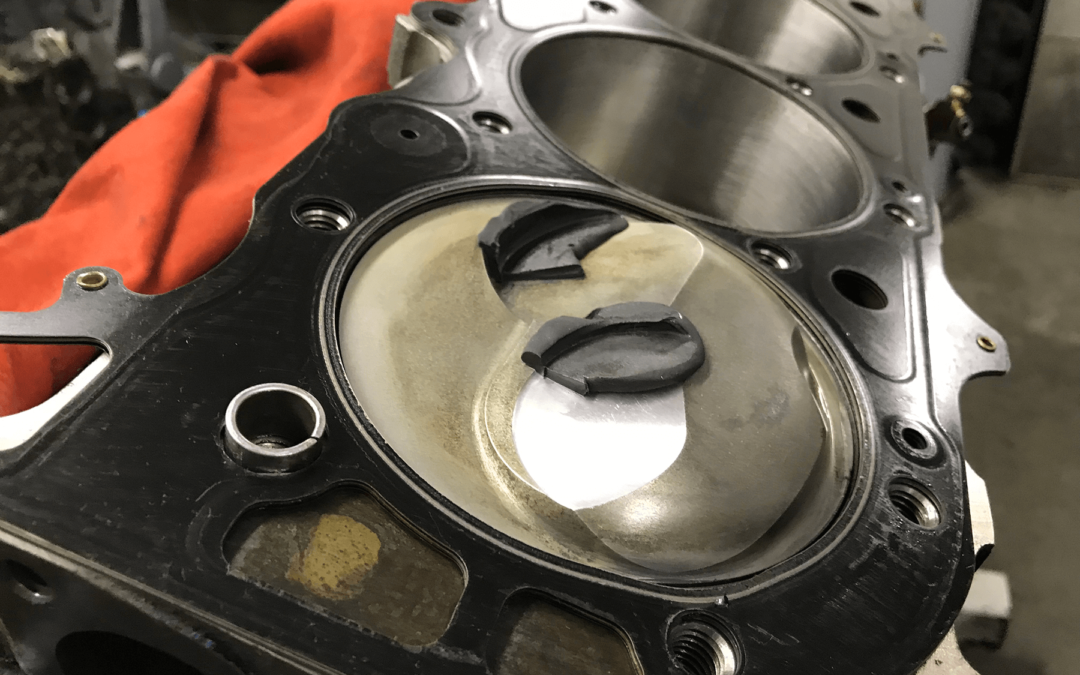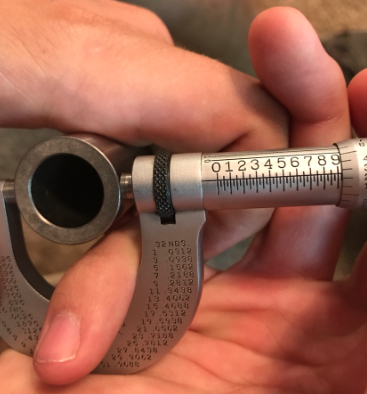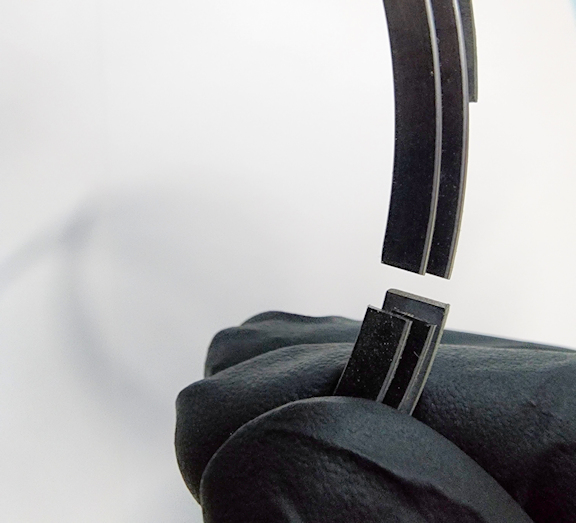1) Always file only one end of the ring: this will allow for a quality inspection of the ring after use to identify witness marks of "ring butting" from insufficient ring end gap 2) Always use a gauge pin to check the ring end gap instead of a feeler gauge. This will...
